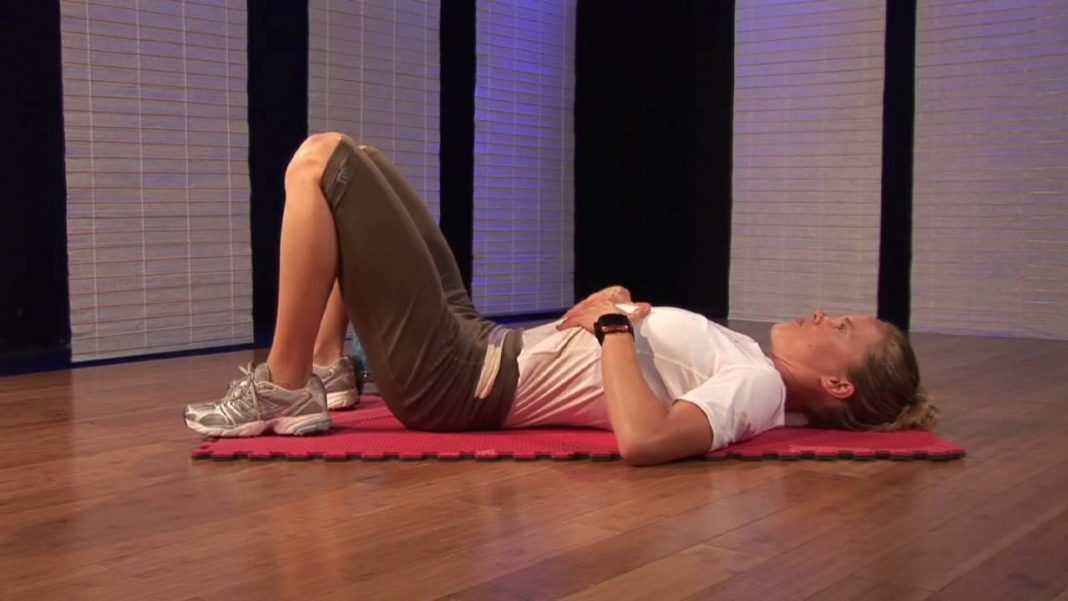A stomach vacuum is an abdominal exercise that is performed by sucking in your stomach as if you were trying to touch your back. This action activates the transverse abdominis, a deep abdominal muscle that helps stabilize your spine and pelvis.
There are several benefits to performing a stomach vacuum. First, it can help improve posture by strengthening the muscles that support your spine. Second, it can help relieve lower back pain by decompressing the spine and relieving pressure on the discs and nerves. Third, it can improve core stability and balance, which can help prevent injuries. Finally, it can help increase the range of motion in the hips and shoulders.
The technique
A stomach vacuum is a breathing exercise that can help to strengthen your core muscles and improve your posture. Here’s how to do it:
1. Lie on your back on the floor with your knees bent and feet flat on the ground. Place one hand on your stomach and the other hand on your chest.
2. Breath in through your nose, allowing your stomach to expand as you fill up your lungs with air.
3. Exhale slowly through pursed lips, drawing in your stomach as you empty out your lungs. Try to keep your chest still as you do this.
4. Repeat this process for 10-15 breaths, or for as long as you can hold the vacuum.
Stomach vacuuming can be an effective way to engage and strengthen your core muscles.
The science behind it
When you do a stomach vacuum, you’re essentially trying to create negative pressure in your abdominal cavity. This is done by exhaling as hard as you can and then pulling your abs in as tight as possible. The hard exhalation forces the downward movement of the diaphragm, which increases the pressure in the abdominal cavity. The increased pressure creates a suction effect that pulls the stomach muscles inward.
The stomach vacuum is often used by bodybuilders and other athletes as a way to help increase intra-abdominal pressure. This extra pressure can help support the spine and improve posture. It can also help protect the spine from injury during heavy lifting. Some research has found that the stomach vacuum can also help increase strength and power output during exercises like squats and deadlifts.
The benefits
1. Reduce back pain – The stomach vacuum can help to reduce back pain by strengthening the transverse abdominis, which is the deep abdominal muscle that helps to support the spine.
2. Waist looks smaller – When the transverse abdominis is strong and toned, it can help to give your waist a slimmer appearance.
3. Lower risk of back injury – A strong transverse abdominis can also help to protect your back from injury by stabilizing the spine.
4. Contract your transversus abdominis – The stomach vacuum exercise is an easy way to target and tone the transverse abdominis. To do the exercise, simply exhale all of the air from your lungs and then draw your belly button in towards your spine as you inhale.

The drawbacks
When it comes to the stomach vacuum, there are a few things you should be aware of. First and foremost, this exercise is not for everyone. If you suffer from any type of back pain or hernia, you should avoid this exercise altogether. Secondly, this exercise can be quite taxing on your body and may lead to lightheadedness or dizziness. It’s important to listen to your body and stop if you feel any discomfort. Lastly, make sure you perform this exercise in a slow and controlled manner – rushing through the reps will only increase your chances of injury.
Conclusion
The stomach vacuum is an effective way to improve your abdominal muscles. It can help to improve your posture and reduce back pain. It is also a great way to get rid of excess belly fat. Overall, the stomach vacuum exercise is a great way to improve your health and well-being.
Published on October 26, 2022 and Last Updated on October 26, 2022 by: Mayank Pandey


